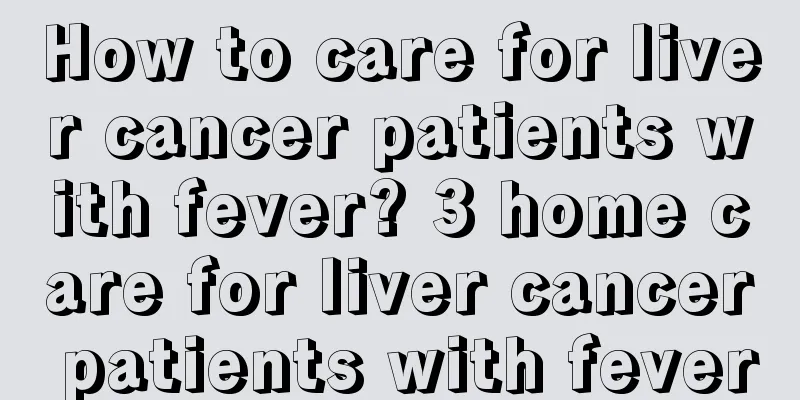Clinical manifestations of thrombotic diseases

|
In our daily lives, many people are always busy with work and life, which leads to insufficient time for exercise and long-term irregular living habits. This is particularly prone to the occurrence of thrombotic diseases, which will cause great harm to our bodies. In order to be able to detect the disease in time and get the most effective treatment, we must master more symptoms of the disease. Let’s learn about the clinical manifestations of thrombotic diseases. Clinical manifestations of thrombotic disorders 1. Venous thrombosis Deep vein thrombosis of the lower extremities is the most common It is common in deep veins such as the popliteal vein, femoral vein, mesenteric vein and portal vein. Most of them are red blood cell thrombi or fibrin thrombi. The main manifestations are: ① Local swelling and pain caused by thrombosis; ② Distal blood reflux disorder of thrombus: such as distal edema, distending pain, skin color change, ascites, etc.; ③ After the thrombus breaks off, it embolizes the blood vessels and causes dysfunction of related organs, such as symptoms and signs of pulmonary infarction. 2. Arterial thrombosis is common in coronary arteries, cerebral arteries, mesenteric arteries and limb arteries. The early types of thrombosis are mostly platelet thrombosis, followed by fibrin thrombosis. Clinical manifestations include: ① The onset is usually sudden, with severe local pain, such as angina pectoris, abdominal pain, severe limb pain, etc.; ② Organ, tissue structure and function abnormalities caused by ischemia and hypoxia in the relevant blood supply parts, such as myocardial infarction, heart failure, cardiogenic shock, arrhythmia, impaired consciousness and hemiplegia; ③ Thrombus detachment causes symptoms and signs such as cerebral embolism, renal embolism, and splenic embolism; ④Clinical manifestations caused by ischemic necrosis of blood supply tissue, such as fever. 3. Capillary thrombosis is common in DIC, TTP, and hemolytic uremic syndrome (HUS). The clinical manifestations are often non-specific and mainly include embolic necrosis of the skin and mucous membranes, microcirculatory failure, and organ dysfunction. The following is an introduction to the clinical manifestations of thrombotic diseases. After understanding it, we know that its symptoms are generally different depending on the site of onset, and the symptoms caused are also different. Therefore, we must maintain good living habits, go to bed early and get up early, and try to eat more light foods and do more outdoor sports. This can effectively avoid the occurrence of some diseases. |
<<: What should we pay attention to in the rehabilitation training of triple ankle fracture
>>: Analysis of normal values of 24-hour urine protein quantitative
Recommend
What are the dietary taboos for patients with fibroids
What are the dietary taboos for patients with fib...
Where can I get moxibustion to remove dampness
Moxibustion is a more traditional treatment metho...
Is multiple bladder cancer scary?
Bladder cancer is a malignant disease. The severi...
Traditional Chinese medicine treatment for colon cancer
Traditional Chinese medicine can be used as an ad...
What to do if your lips blister after lip bleaching
Some people report that they develop blisters aft...
My feet don't stink but they stink when I put on shoes
I believe many people have had this experience: w...
There are many small blisters on my hands
There are many people who develop small blisters ...
What harm does dust have on human body
Dust is everywhere in our lives. It is solid part...
What are the dangers of small cell lung cancer
What are the hazards of small cell lung cancer? T...
How to lose weight by exercising in half a month?
Weight loss exercise is a topic that modern peopl...
What diseases can cause thigh erythema?
Thigh erythema is a common symptom, which is most...
What are the effects of Rupi Sanjie Capsule
Rupi Sanjie Capsule is a commonly used drug in cl...
Can men also get breast cancer? To prevent breast cancer, you can eat more of these 4 foods
Many people think that breast cancer is exclusive...
Beware of the root cause of cervical spondylosis---partial cervical vertebra hyperplasia
As the name suggests, cervical vertigo is related...
What are the early symptoms of nasopharyngeal carcinoma bone metastasis
What are the early symptoms of nasopharyngeal car...









